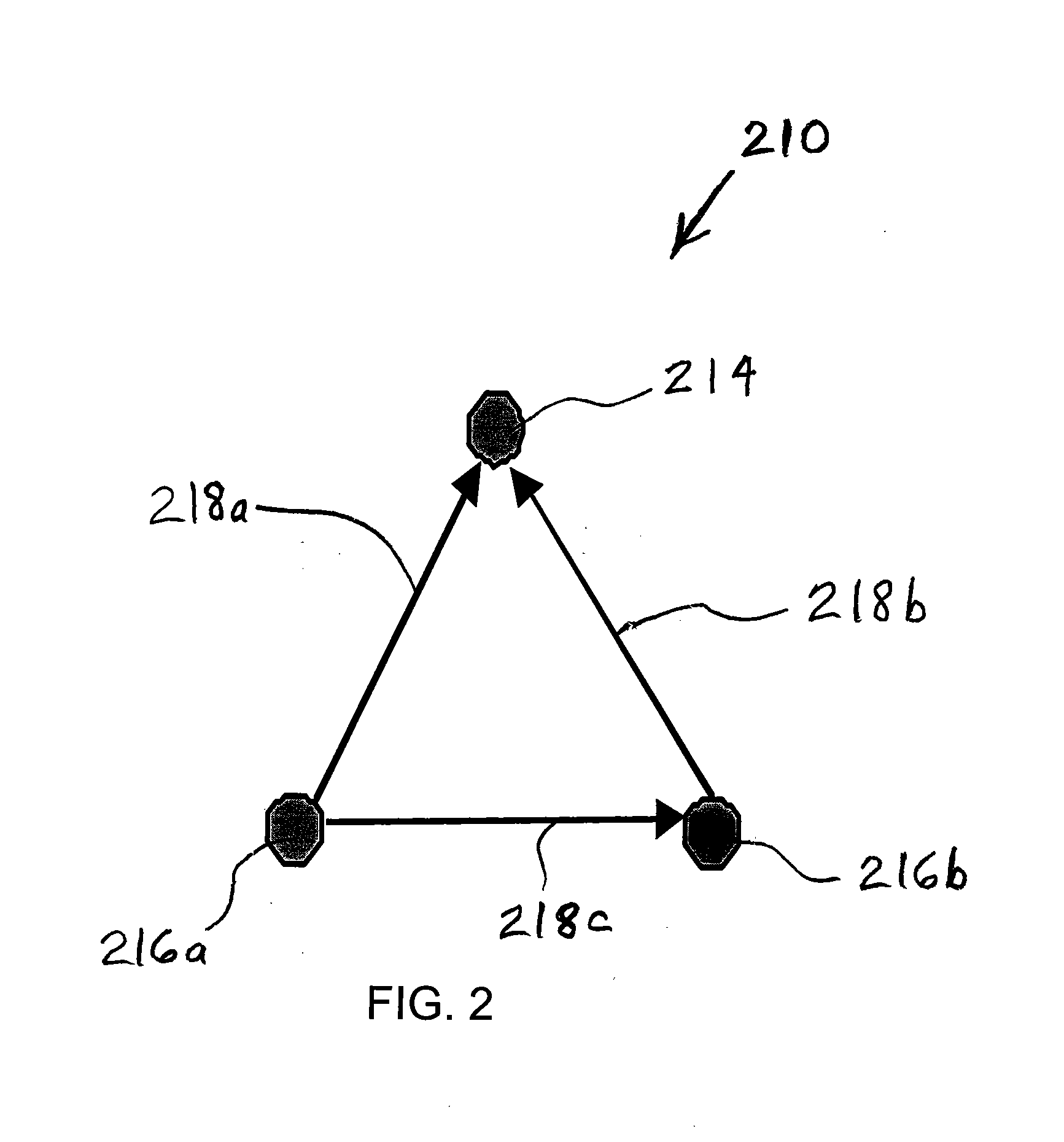Method of alarm handling in wireless sensor networks
- Summary
- Abstract
- Description
- Claims
- Application Information
AI Technical Summary
Benefits of technology
Problems solved by technology
Method used
Image
Examples
Example
[0030]Corresponding reference characters indicate corresponding parts throughout the several views. Although the exemplification set out herein illustrates embodiments of the invention, in several forms, the embodiments disclosed below are not intended to be exhaustive or to be construed as limiting the scope of the invention to the precise forms disclosed.
DESCRIPTION OF THE PRESENT INVENTION
[0031]Referring now to the drawings, and particularly to FIG. 1, there is shown one embodiment of a wireless sensor network 10 of the present invention for security / alarm systems with two-way communication. Network 10 may include a central unit 12, an access point (AP) 14, and a group of stations 16 with sensors. Stations 16 may communicate with AP 14 via wireless channels 18. A user can issue a command to a station 16 using central unit 12, and then central unit 12 may deliver the command to the station 16 via AP 14. Each station 16 may include one or more sensors for detecting security breache...
PUM
 Login to View More
Login to View More Abstract
Description
Claims
Application Information
 Login to View More
Login to View More - R&D
- Intellectual Property
- Life Sciences
- Materials
- Tech Scout
- Unparalleled Data Quality
- Higher Quality Content
- 60% Fewer Hallucinations
Browse by: Latest US Patents, China's latest patents, Technical Efficacy Thesaurus, Application Domain, Technology Topic, Popular Technical Reports.
© 2025 PatSnap. All rights reserved.Legal|Privacy policy|Modern Slavery Act Transparency Statement|Sitemap|About US| Contact US: help@patsnap.com



